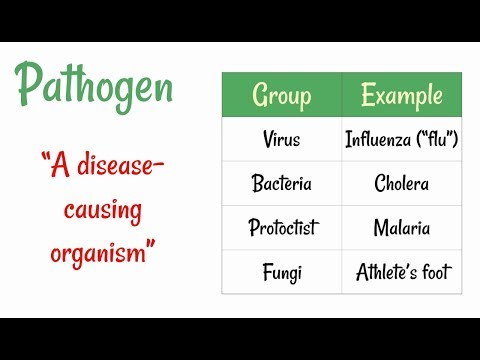For example, the toxicity of endotoxin is basically attributed to lipid A, connected to a polysaccharide carrier. The toxicity of lipid A is markedly decreased after hydrolysis of a phosphate group or deacylation of one or more fatty acids from the lipid A molecule. Clinical trials are in progress to test a monophosphoryl lipid A for its potential of inducing low dose tolerance to endotoxin.
A gene with homology to glutathione peroxidase was proven to contribute to the antioxidant defenses of Streptococcus pyogenes . pyogenes requires glutathione peroxidase to adapt to oxidative stress that accompanies an inflammatory response. Successful pathogens have evolved efficient systems for protection towards oxidative stress that embody combos of lowering enzymes, molecular scavengers, and protein and DNA restore enzymes .
Microbial Strategies For Iron Acquisition From Mammalian Sources
Endotoxin recognition molecules MD-2 and toll-like receptor 4 also could also be thought of as potential targets for therapeutic intervention in endotoxin shock . Extracorporeal endotoxin elimination or endotoxoid based mostly vaccines have further medical purposes . Bacteria within biofilms are extremely immune to antimicrobial agents because of slow growing , besides, biofilm exopolymers block the entry of antimicrobials to bacteria . At the identical time, planktonic cells which are shed from virtually all mature biofilms, are generally vulnerable to antibiotics.
This causesA) the disease to subside.B) a decrease in blood pressure.C) a fever.D) a gram-adverse infection.E) an increase in red blood cells. coli and Salmonella produce invasins that bind host cells, thus causing the cells toA) release TNF.B) produce iron-binding proteins.C) engulf the micro organism.D) destroy the micro organism.E) release cytokines. Cytopathic results are modifications in host cells due toA) viral infections.B) protozoan infections.C) fungal infections.D) bacterial infections.E) helminthic infections. At present mechanical removal of pathogens and their toxins from the bloodstream by mechanical gadgets is the most promising scientific utility that quickly could also be seen within the close to future. It is handiest in case of planktonic bacteria and less efficient in the removing of encapsulated bacteria and bacterial L-types. Encapsulated bacteria and biofilm fragments survive in the tissues and the bloodstream because of exopolymers .
Sepsis-inflicting planktonic pathogens survive oxycytosis by producing antioxidant enzymes and versatile respiration adapted to high concentrations of reactive oxygen species. Antioxidant enzymes and versatile respiration additionally present bacterial survival inside erythrocytes . Entering the bloodstream from the first web site of an infection, encapsulated bacteria unfold to distant organs and tissues by blood flow, inflicting metastatic native acute or continual infection with or without biofilm formation.
PVL promotes pro-inflammatory and cytotoxic effects on alveolar leukocytes. This results in the release of enzymes from the leukocytes, which, in turn, cause harm to lung tissue. After publicity and adhesion, the subsequent step in pathogenesis is invasion, which can involve enzymes and toxins.
Microbiology 15
Catheters themselves can introduce bacteria into the bloodstream. Catheter-associated bloodstream infections may deteriorate the situation of patients with sepsis. Biofilms that harbor microorganisms are demonstrated on external and inner surfaces of the indwelling catheters within as early as 24 h after their placement .

Gonococcal transferrin-binding protein 2 facilitates however just isn’t important for transferrin utilization. The iron-binding perform of transferrin in iron metabolism. Ahluwalia, M., Brummer, E., Sridhar, S., Singh, R., and Stevens, D. A. Isolation and characterisation of an anticryptococcal protein in human cerebrospinal fluid. Culture-unbiased strategies of microbial identification rely on a targeted amplicon strategy, which employs extremely conserved microbe-specific molecular markers and does not depend on growing isolates in pure culture. The 16S ribosomal RNA gene is used for bacterial identification, whereas fungi and different microeukaryotes are recognized using either the 18S rRNA gene or the Internal Transcribed Spacer area.
The Invasion And Lysis Of Intestinal Cells By E Coli
In addition, the usage of an internal membrane ABC transporter is a recurrent mechanism shared by many pathogenic bacteria for iron transport. Much less is understood about heme use by pathogenic fungi in contrast with bacterial pathogens. The ability to utilize heme and hemoglobin as an iron source by C. albicans was first described in 1992 (Moors et al., 1992). albicans binds erythrocytes by way of complement-receptor-like molecules (Moors et al., 1992).









More Stories
I Don’t Know The Way To Love Him
The Social Gradient In Stress And Depressive Symptoms Among Adolescent Ladies
Boston Celtics Vs Cleveland Cavaliers Odds & Matchup Stats